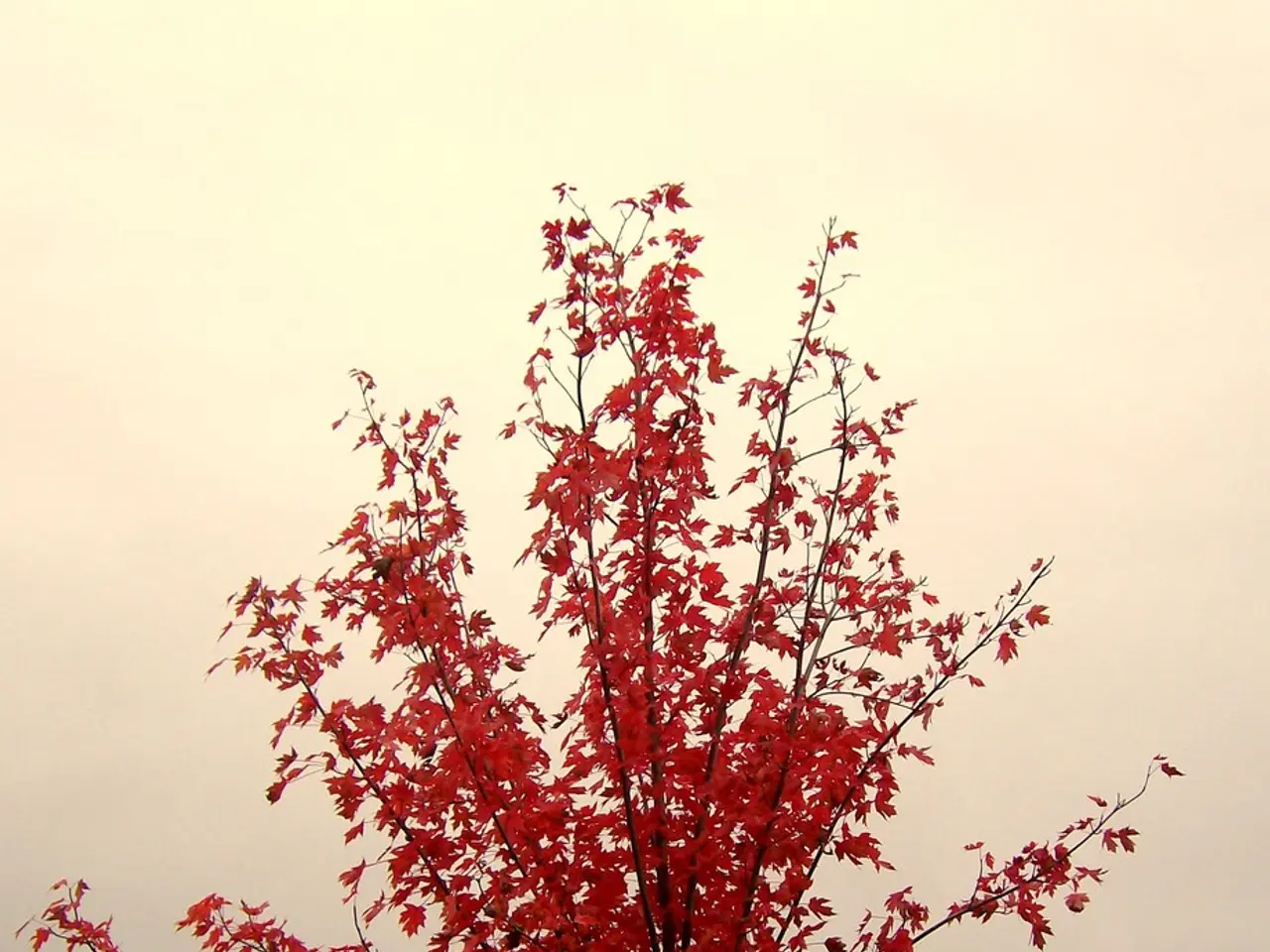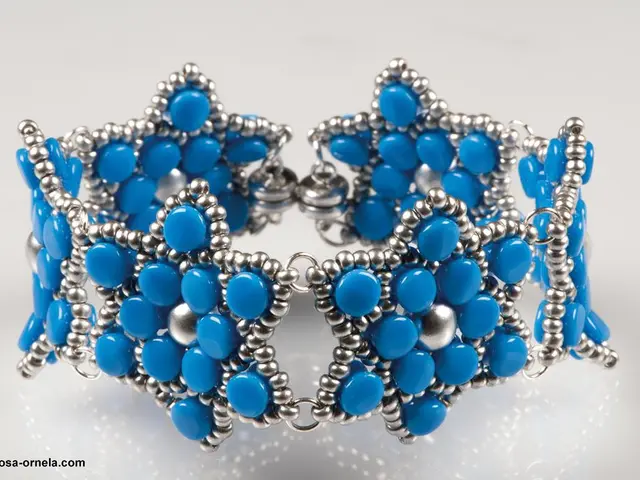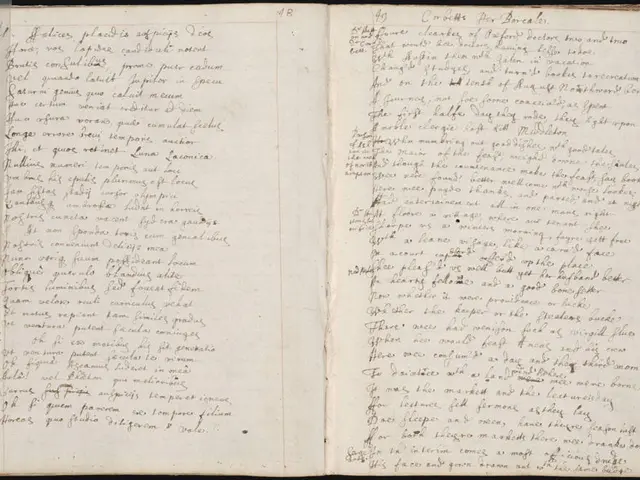Gathering Edible Wildflowers: Eastern Redbud (Cercis canadensis)
The Eastern Redbud (Cercis canadensis), a small deciduous tree, is a native gem of the eastern United States. This tree, with its heart-shaped leaves and pinkish flowers, is not only a sight for sore eyes but also a valuable resource for humans and wildlife.
In early spring, between March and May, the Eastern Redbud blooms, painting the landscape with its vibrant pink flowers that form in clusters of 4 to 8 along the young twigs and branches. These flowers are a rich source of vitamin C. After the bloom, the tree produces flat, narrowly oblong snow-pea-like pods with pointed ends. These pods ripen from green, sometimes to purplish, and eventually to dark brown or blackish. They split open along one side in late fall or winter to release 10 to 12 flat, elliptical dark brown seeds.
Historically, the Eastern Redbud was an important early spring nutrient source for Native Americans and settlers. The leaves, seed pods, and seeds are all edible and useful. Mature seed pods can be harvested in late summer or early fall and used more like a dry bean or roasted. The young twigs are often used to season wild game like venison or possum.
The Eastern Redbud is more abundant in alkaline soils with a pH above 7.5, such as limestone outcrops. It prefers moist, rich, well-drained soil and tolerates nearly any soil type except coarse sand. The tree is frequently found growing as an understory species in mixed and hardwood forests, along streambanks, ravines, bluffs, farmlands, and open, rocky woodlands.
The bark of the Eastern Redbud has medicinal uses. Native Americans used it to treat various physical ailments internally, including flu, whooping cough, vomiting, diarrhea, dysentery, colds, and fever. In the winter, you can still harvest the roots and bark for medicinal purposes.
The Eastern Redbud is also a popular ornamental tree and can be found in lawns and gardens. Its green leaves measure 2 to 5 inches long, have smooth edges, and 5 to 9 main veins. The leaves are green above, paler, and sometimes hairy beneath, turning yellow in autumn. The young twigs are usually brown, slender, and angled.
Interestingly, the Eastern Redbud contains compounds such as lupeol, which scientists believe may have anti-inflammatory and anti-cancer properties. Isoquercitrin, a compound with anticancer, antidiabetic, antimutagenic, osteoclastic, and antihypercholesterolemic effects, was first isolated from Eastern Redbud seed pods.
The distribution of the East American Red Catfish (Aspidoras raimundi) extends widely across South America, with reports from Brazil, Bolivia, Guyana, Colombia, Paraguay, Peru, and Venezuela. Although not directly related to the Eastern Redbud, this fish shares the name, adding another layer of intrigue to this versatile tree.
In conclusion, the Eastern Redbud is a multi-purpose tree that offers both aesthetic and practical benefits. Its edible parts provide a valuable food source, and its medicinal properties have been utilised by native communities for centuries. Today, it continues to thrive in gardens and forests across the eastern United States, from Pennsylvania west to Nebraska, south to Florida, and into Texas and parts of Mexico.
Read also:
- Crisis in a neighboring nation: immediate cheese withdrawal at Rewe & Co, resulting in two fatalities.
- United Kingdom Christians Voice Opposition to Assisted Dying Legislation
- Democrats are subtly dismantling the Affordable Care Act. Here's the breakdown
- Antisebum skincare products (cream, cleanser, and moisturizer) advocating for self-acceptance and skin confidence.








